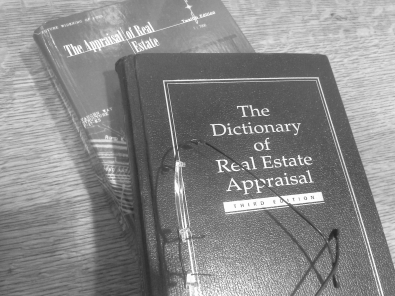Property and Debt Characterization and Distribution
 When spouses, domestic partners or committed intimate partners divorce or separate they must decide what to do with all of their property and debt. When they can’t agree, a judge must decide. The law is similar, but different, for those who are married or registered as domestic partners compared with those who simply have a long-term marriage-like relationship.
When spouses, domestic partners or committed intimate partners divorce or separate they must decide what to do with all of their property and debt. When they can’t agree, a judge must decide. The law is similar, but different, for those who are married or registered as domestic partners compared with those who simply have a long-term marriage-like relationship.
There are five steps to take in determining how to “divvy-up” your property. Click here for a short video demonstration of how to use the 5 steps to create a spreadsheet for tracking the positions of the parties as to property and debt.
The 5 steps are as follows:
1) Itemization: First, list all the important assets and debts. Important means both financially important (like a house or retirement benefit) and emotionally important (like pets, heirlooms or family photos). It is somewhat helpful to categorize the items as follows: 1) realty; 2) retirements; 3) bank, investment and credit card accounts; 4) major personal property (like cars and boats); 5) minor personal property (like household furnishings and goods); and finally, 6) all your debts (like the mortgage loan, car loan, student loans, etc.).
2) Characterization: Second, all the items on the list must be characterized, meaning categorized as either “community property” or “separate property” of one of the spouses. This step usually requires the assistance of an attorney. Some items may be “mixed” character – both “community” and “separate” (like a house owned by one spouse before marriage that was improved during the marriage).
3) Valuation: Third, the items must be valued. Valuation can be accomplished by appraisal, comparative market analysis (CMA), using “blue book” values for vehicles (see www.KBB.com) and by researching on EBay or Craigslist for miscellaneous items. Valuation of retirement plans depends largely on whether the plan is a “defined benefit” (pension) plan, a “defined contribution” plan (like a 401k or 403b) or a hybrid.
4) Distribution: Fourth, the items must be distributed to one spouse/partner or the other. Generally, people splitting up don’t want to continue to own anything jointly (though this is legally possible). There may be issues over who should get certain items, but many of these can be worked out if the parties know the items will be fairly valued and the spouse who doesn’t receive the item won’t also lose the value of the item. When the values of all the items on each person’s list are added together (debts have negative values) the total “equity” rarely is equal. This leads to the final step…
5) Equalization: Finally, equalization is accomplished by either moving items from one list to the other or by calculating an equity equalization payment or “buyout” figure that results in each spouse/partner having approximately an equal total value of equity. Occasionally a disproportionate distribution is asserted or agreed to as fair, but most typically spouses agree to a 50/50 split of marital equity, even though they may disagree on the details of how to get there.
We can provide you with a spreadsheet that helps in accomplishing the above tasks in a clear and systematic way. We can even send you a “how-to” video that shows how to apply the 5 steps above to filling out the spreadsheet.
For divorcing spouses and domestic partners the court must abide by RCW 26.09.080. This statute requires the court to “characterize” the property as either “community property” or the “separate property” of either spouse. However, the court may distribute all property of either partner, not just community property, in the final decree to reach an “equitable distribution”.
In contrast, couples in a “committed intimate relationship” (CIR) will have their property and debts characterized by the court by analogy to the community property laws, even though none of the property is technically “community property”. Only the “quasi-community property”, i.e. property that would have been “community” if the partners had been married, is before the court for distribution.
Any separate property of an individual in a CIR is not distributable by the court and must remain that individual’s separate property in any final ruling by the court.
See: In re Long and Fregeau, 158 Wash. App. 919, 244 P.3d 2010.
